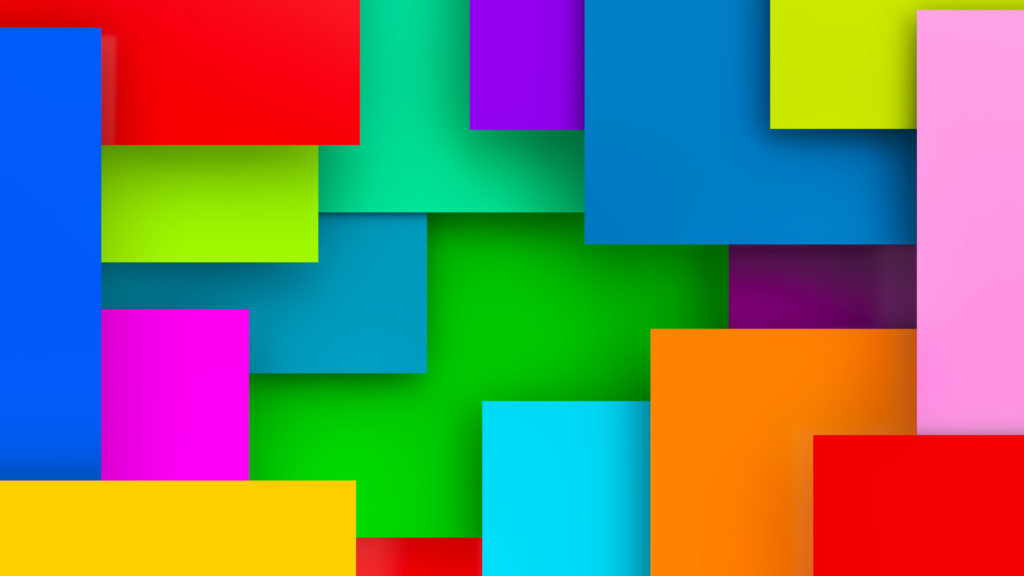
Colors not only serve an aesthetic function in social media posts, but also play a crucial role in how users perceive and respond to content. Choosing the right palette can evoke emotions, generate subconscious connections, and boost engagement.
That’s why, before selecting a color at random, it’s essential to ask yourself: What emotion do I want to evoke in my audience? The predominant tone should align with the message you want to convey to maximize its effectiveness.
What do colors mean on social media?
Each color has its own meaning and can influence audience perception. Below, we show you how you can leverage them in your digital content strategy:
- Red: The color of passion, energy, and urgency. Ideal for capturing immediate attention and creating a sense of action or importance. It’s commonly seen in buy buttons, promotions, and limited-time offers. It’s no coincidence that Pinterest, a platform focused on visual e-commerce, uses this color as its corporate identity.
- Yellow: Reflects joy, optimism, and positive energy. Its high visibility makes it perfect for highlighting important elements in an image and guiding the user’s gaze. Platforms like Snapchat use it to project fun and dynamism.
- Blue: Associated with trust, serenity, and professionalism. It’s the color chosen by giants like Facebook and LinkedIn, who seek to project credibility and seriousness. It’s an excellent option for content presenting data or technical information.
- Green: Represents nature, health, freshness, and growth. It’s ideal for posts related to wellness, sustainability, or tranquility.
- Orange: Conveys enthusiasm, energy, and action. It’s frequently used in posts by sports brands or to encourage decision-making with calls to action that are friendlier than red.
- Black: Symbolizes elegance, exclusivity, and sophistication. Many luxury brands use it to project a timeless style and highlight premium products or services.
- Pink: Associated with femininity and sweetness, it’s a recurring color in content related to beauty, fashion, and emotional well-being.
- White: Conveys purity, clarity, and minimalism. It’s often used in designs seeking a clean and sophisticated style.
- Gray: Reflects discretion, distinction, and professionalism. It’s an excellent choice for brands that want to project seriousness without being too flashy.
How to use colors strategically on social media
Selecting the right color is just the first step. The way colors are applied and combined is also key to achieving a powerful visual impact. Here are some tips for effective application:
- Monochromatic palettes: Using different shades of the same color can reinforce brand identity and create a harmonious aesthetic. For example, an Instagram carousel with similar tones reinforces visual cohesion.
- Contrasting combinations: Mixing complementary colors, such as blue and orange or red and white, can make posts stand out and attract more attention.
- Color trends: Platforms like Pinterest identify trending color palettes each year, allowing you to adapt your content to align with users’ visual preferences.
In conclusion, color is a powerful tool in digital content strategy. Understanding its psychological impact and applying it intelligently can make a difference in how your brand is perceived and how you connect with your audience. Use color to your advantage and boost your presence on social media!